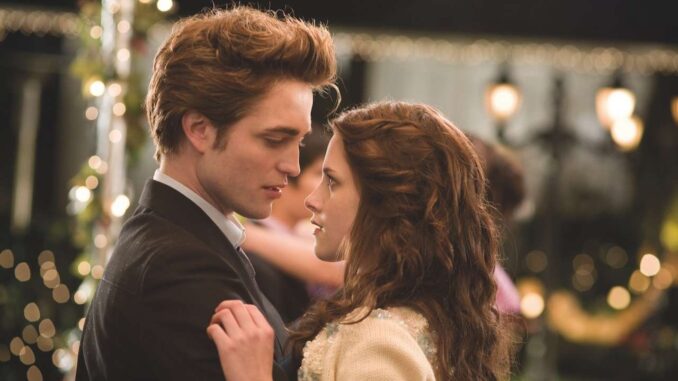
Bathed in IMAX Gloom: An All-Nighter with Twilight's Enduring Allure
The announcement echoed through social media like a Cullen's superhuman whisper: the BFI IMAX, cathedral of celluloid grandeur, was preparing to host a Twilight Saga Trilogy All-Nighter. On the UK's largest screen, no less. The prospect was undeniably alluring, a siren song to the devoted, the nostalgic, and the curious. More than just a movie marathon, it promised an immersive experience, a baptism in the gothic romance and sparkly melodrama that defined a generation.
The Twilight Saga, for all its critical drubbing, holds a unique place in the cultural landscape. It's a franchise that simultaneously empowers and infantilizes, celebrates teenage angst and perpetuates traditional gender roles. Yet, its impact is undeniable. It fueled a frenzy for vampires, werewolves, and forbidden love, leaving an indelible mark on the YA genre. To revisit this world on such an epic scale felt less like a casual viewing and more like a pilgrimage, a journey back to the heart of teenage infatuation.
The BFI IMAX itself is a formidable presence. Its screen, towering and immersive, dwarfs the audience, pulling them into the cinematic world with an almost physical force. The sound, crisp and powerful, resonates through your bones. To witness the sweeping landscapes of Forks, Washington, or the intensity of a vampire battle on such a grand scale was a tantalizing prospect. It promised to elevate the often-hammy acting and questionable CGI to something approaching epic proportions.
The allure of the all-nighter went beyond the technical specifications, however. It tapped into a sense of communal nostalgia. It was a chance to gather with like-minded individuals, to revel in shared memories, and to collectively groan at the dialogue while secretly feeling a pang of sentimentality. Imagine the collective gasp as Edward first revealed his diamond-like skin, or the shared laughter at Bella's perpetually bewildered expression. The BFI IMAX, in that moment, would transform into a haven for Twilight obsessives, a safe space where ironic detachment could coexist with genuine enjoyment.
But the event also hinted at a deeper, perhaps more complex, attraction. The Twilight Saga, in its own flawed way, grapples with universal themes of love, identity, and mortality. It presents a world where the supernatural is intertwined with the everyday, a world that offers an escape from the mundane. The all-nighter provided a chance to lose oneself in that world, to momentarily suspend disbelief and reconnect with the emotions and anxieties that defined our own teenage years.
Furthermore, the BFI IMAX setting amplified the inherent drama of the films. The sheer size of the screen forced a heightened engagement, demanding attention to every detail, every lingering glance, every dramatic swell of the score. It was a chance to dissect the nuances of the characters, to appreciate the craftsmanship (however questionable) of the filmmaking, and to truly immerse oneself in the saga's intricate web of relationships.
Of course, the all-nighter was not without its potential downsides. The sleep deprivation, the inevitable sugar rush and subsequent crash, and the potential for over-exposure to sparkly vampires were all legitimate concerns. But for many, these were merely minor inconveniences, sacrifices to be made at the altar of Twilight fandom.
In conclusion, the BFI IMAX hosting a Twilight Saga Trilogy All-Nighter on the UK's largest screen was more than just a marketing gimmick. It was a cultural phenomenon, a testament to the enduring appeal of a franchise that continues to resonate with audiences years after its release. It offered a chance to revisit a familiar world, to reconnect with cherished memories, and to experience the melodrama and romance of Twilight in a way that was both epic and intimate. It was, in essence, an invitation to bask in the pale, shimmering glow of vampire love on the grandest possible stage. And for many, that invitation was simply irresistible.
